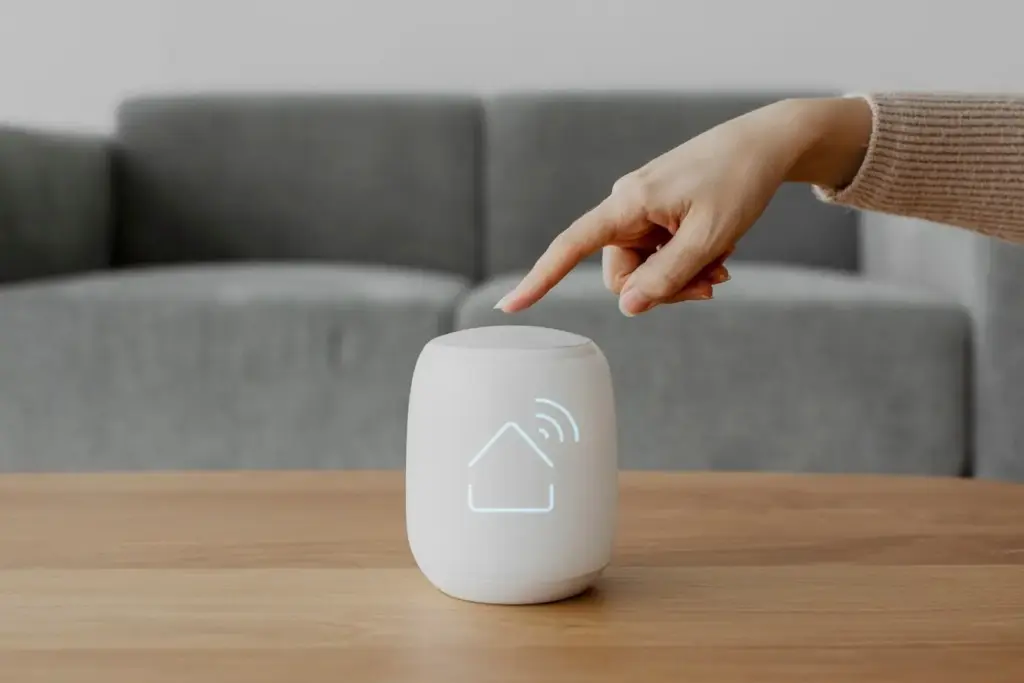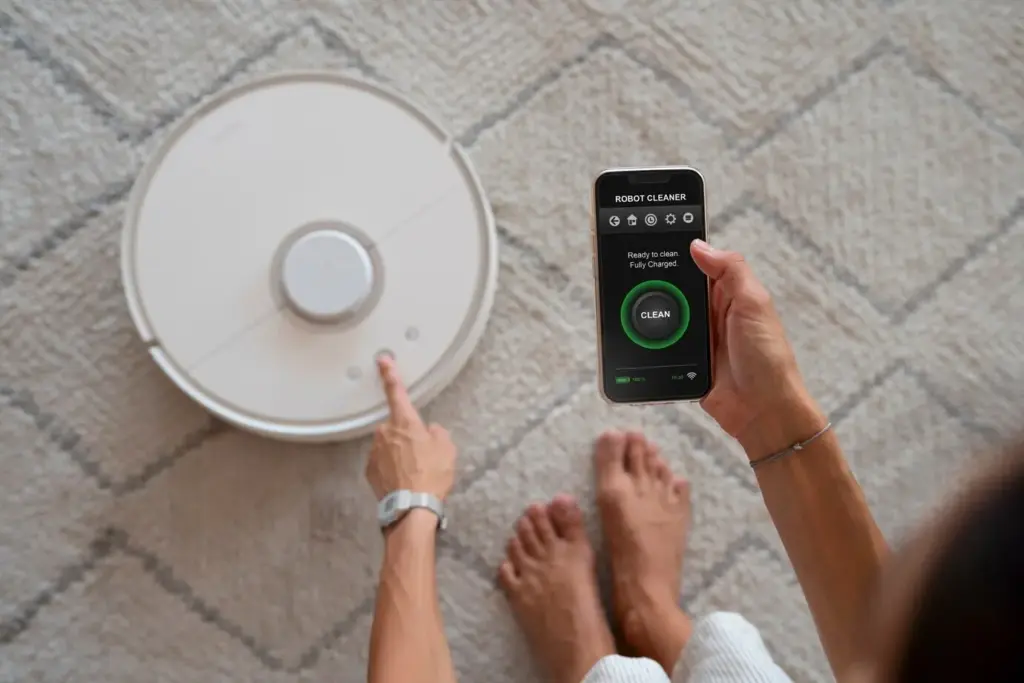Choosing the Backbone for a Smarter Home
Today we dive into wired versus wireless smart home architectures and the art of choosing the right topology for your space. We will compare Ethernet, PoE, KNX, and RS‑485 with Wi‑Fi, Zigbee, Z‑Wave, and Thread, exploring star, bus, tree, and mesh layouts. Expect practical guidance, honest trade‑offs, and real stories that help you design confidently, whether you are renovating, building new, or upgrading room by room without chaos.
Signals, Protocols, and How They Travel
Understanding how signals move through a house is the foundation for everything else. Copper pairs carry deterministic packets with predictable latency, while radios weave through air crowded by neighbors, microwaves, and concrete. Protocols layer capabilities like power delivery, routing, retries, and security. Different rooms, materials, and device roles reward different choices, so learning the travel patterns of bits across cables and waves reveals where to place hubs, switches, border routers, and powered nodes for smooth, dependable control.
Wired foundations: Ethernet, KNX, and RS‑485 compared
Cabled links excel at stable latency and noise immunity, especially when shielded and grounded correctly. Ethernet brings flexibility, high throughput, and PoE power on a star topology, while KNX and RS‑485 shine with bus simplicity and long runs. Each favors structured panels, thoughtful labeling, and conduit for future pulls. Choosing among them often depends on renovation tolerance, device ecosystem, and whether central controllers or distributed logic better fit your long‑term maintenance comfort and budget discipline.
Wireless families: Wi‑Fi, Zigbee, Z‑Wave, and Thread roles
Wireless delivers reach without drywall dust, but planning matters. Wi‑Fi moves cameras and high‑bandwidth clients, yet chatty sensors thrive on Zigbee, Z‑Wave, or Thread meshes where small packets hop reliably. Thread’s IPv6 foundation eases modern integrations, while Zigbee’s maturity still powers many lights and sensors. Z‑Wave offers strong device‑to‑device range in sub‑GHz bands. Balance radio density, channel plans, and mains‑powered repeaters so battery devices sleep peacefully and still respond instantly when presence, contact, or motion events arrive.


Latency, Reliability, and Bandwidth in Real Life
Responsiveness is more than a spec sheet number; it is a feeling when lights snap on with motion and music zones switch without stutter. Wired paths often guarantee millisecond consistency, while wireless paths must negotiate contention and retries. Bandwidth needs vary wildly: cameras devour megabits, thermostats whisper bytes. Reliability emerges from margin: signal strength, retries, QoS, and avoiding congested channels. Designing for peak moments, not averages, prevents awkward delays when everyone streams and automations trigger simultaneously.

Perimeter hardening starts inside the LAN
Segment automation devices onto dedicated VLANs, restrict east‑west chatter with firewall rules, and expose only necessary services. Use WPA3 for Wi‑Fi, disable legacy protocols, and keep controller credentials unique and long. Prefer local dashboards over cloud portals where feasible. Audit integrations for over‑privileged tokens. Maintain separate admin and guest SSIDs. Document your topology and store encrypted backups offsite. A calm, boring network is a secure network, and it pays dividends when you later add cameras, locks, and remote access.

Over-the-air risks and how to counter them
Mesh networks rely on pairing rituals and trust stores. Favor standards that support strong device attestation, replay protection, and secure rejoining, and keep firmware current. Place border routers away from interference and secure their management interfaces. Use unique install codes or QR onboarding, never public keys in screenshots. Monitor for unusual chatter and unexpected routes. If a device misbehaves, contain it with rules or quarantine VLANs. Treat radios like doors that must lock, not windows you hope nobody notices at night.
Installation, Costs, and Retrofit Realities
{{SECTION_SUBTITLE}}

New construction: pull cable once, smile for decades
When studs are open, run more than you think: extra Cat6A to TVs, access point ceilings, windows for shades, and panel‑ready spots for sensors. Add conduit to hard‑to‑reach runs for later surprises. Centralize switches with PoE to power cameras, access points, and controllers. Label both ends religiously and photograph everything before drywall. The upfront effort pays back with quiet reliability, easier upgrades, and the freedom to adopt new standards without ripping walls or juggling flaky wireless workarounds later.

Retrofit strategies when walls must stay closed
Work with what the building gives you. Use existing coax or phone chases with adapters, employ thin surface raceways that paint well, and backhaul wireless access points with powerline only as a last resort. Prefer mains‑powered repeaters behind light switches to strengthen meshes where people actually move. Combine battery sensors with judicious wired anchors like door strikes or valves. Schedule dusty tasks together and seal rooms to control debris. A thoughtful plan turns limitations into elegant, minimally invasive upgrades.
Backbone with intent: PoE switches, panels, and enclosures
Place a quiet, ventilated enclosure near power and structured wiring. Choose PoE budgets that exceed today’s needs by thirty percent. Terminate cleanly into patch panels, color‑code VLANs, and document ports. Run dedicated lines to access point ceilings and camera eaves. Provide service loops and strain relief. Keep gateways on UPS power and out of hot attics. This spine carries everything else, so invest in orderliness now to save countless hours later when expanding or debugging inevitably arrives.
Edge device mix and radio planning that cooperates
Map rooms to radio cells, separating overlapping channels for Wi‑Fi and Zigbee, and placing Thread border routers to ensure dense, low‑latency paths. Favor mains‑powered repeaters behind switches and plugs, spacing them like stepping stones. Avoid metal boxes that shadow signals; use plastic faceplates where possible. Keep high‑traffic automations local, reducing cloud dependency. Periodically survey signal quality and reroute congested nodes. With steady RF hygiene, battery devices last longer, scenes feel instant, and visitors stop noticing the underlying complexity entirely.
Scaling, Future-Proofing, and Choosing Today
The best design serves now and later. Plan spare conduits, extra switch capacity, and at least one empty rack unit. Favor standards that evolve gracefully: Wi‑Fi 6 or 7 for clients, Thread 1.3 for low‑power mesh, and Ethernet with PoE for permanence. Keep diagrams updated and store backups. Then choose decisively based on your walls, budget, and patience. We invite you to share floor plans, questions, and wins in the comments so others learn from your journey and contribute ideas.

A small apartment blueprint you can adopt this weekend
Use a compact PoE switch, a single well‑placed access point, and a Thread border router close to interior doors for sensor coverage. Wire TV and desk to avoid Wi‑Fi congestion. Choose battery motion sensors and smart plugs as repeaters. Keep lighting scenes local and map a bedtime routine to a physical button. This simple setup resists neighbor interference and scales later with one added access point or a few new wired runs using discrete surface raceways.

A large multi-story house with detached garage strategy
Pull fiber or shielded Ethernet to a weather‑protected conduit between house and garage, terminating into PoE for cameras and a dedicated access point. Distribute switches on each floor, feeding ceiling access points and wired key loads. Use multiple Thread border routers for coverage redundancy. Place repeaters near stairwells and hallways. Segment cameras on their own VLAN. Provide a small UPS in the garage for the door controller. This layout preserves responsiveness, keeps bandwidth organized, and simplifies future expansions.
All Rights Reserved.